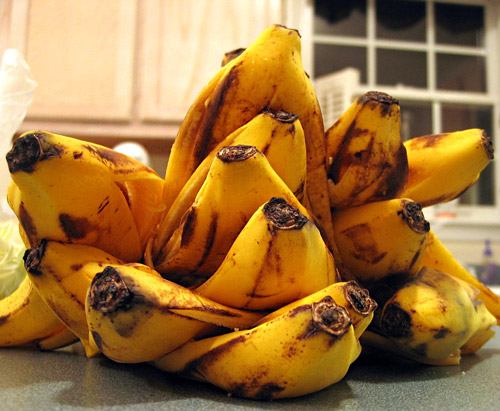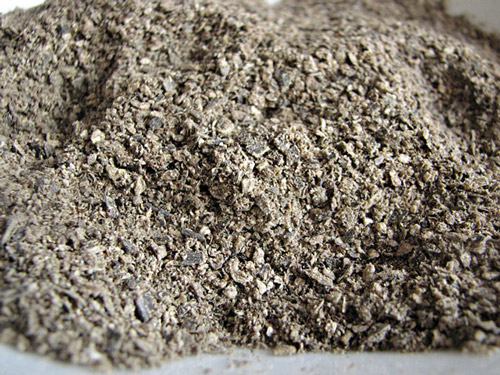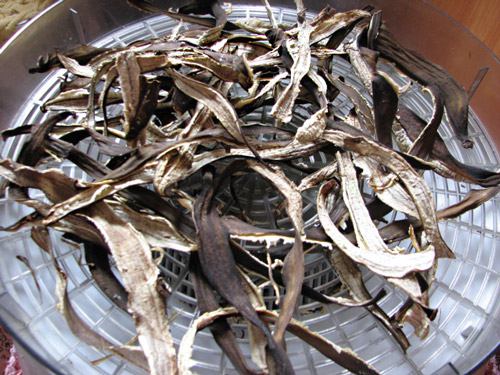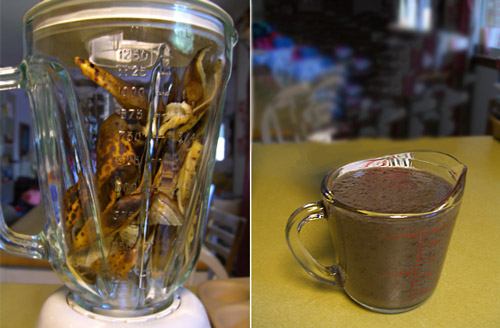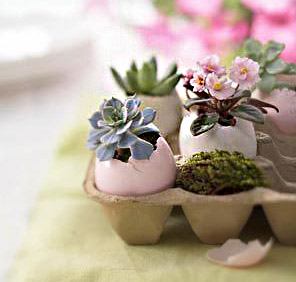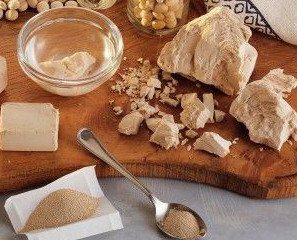I always hesitate to throw away vegetable peels and skins, as I consider it wasteful. There are many ways to recycle organic waste that may surprise you. Recently, I’ve been trying to minimize kitchen waste for several reasons.
Why should you not throw away vegetable waste?
- Vegetable and fruit peels often contain more macro and micronutrients than the fruit itself.
- The cuttings from vegetables can be used to grow useful greens .
- Peels can be excellent compost instead of rotting in a landfill and producing methane.
For example, you can make potassium fertilizer from banana peels for both indoor and garden plants. Banana peels have a natural balance of potassium and phosphorus. When organic matter decomposes in the soil, phosphorus and potassium nourish the plant, supporting bud formation and flowering.
Making fertilizer for garden plants is much simpler than for potted plants—just chop the peels and bury them. The soil microflora will do the rest. There are many “good” bacteria in the open ground that are responsible for decomposing organic matter. These bacteria also combat pathogens like scab, damping-off, powdery mildew, and many others. Nature helps the beneficial microflora protect, sanitize , and nourish plants.
Thus, home-made fertilizers should only be used in conjunction with bacteria. Otherwise, any organic matter will decompose slowly and mold in our pots.
Update 29.11.2016
While preparing an article on effective microorganisms, I learned much more about the symbiosis between bacteria and plants. Good news: the surface of banana peels contains all the necessary bacteria for rapid decomposition. I won’t remove the previous paragraph; acknowledging mistakes is important. It’s fair to say that you shouldn’t put large pieces of peel directly into pots—prepare them according to the recipes in this article.
Let’s get back to our peels. You can prepare 3 types of banana peel fertilizer: powder, “cocktail,” and spray.
Banana Peel Powder
- Dry the peels in a dehydrator, oven (at the lowest temperature for a couple of hours), or at room temperature with good ventilation.
- Grind the dried peels in a coffee grinder.
- Sprinkle on the surface of the soil in the pot and water. Use once every 4 weeks.
I’ve noticed complaints that banana peel fertilizers mold in pots—this happens because there are no “good” microorganisms in the soil. It’s essentially the same as ash (potassium-phosphorus-calcium) but is not a combustion product. Therefore, this fertilizer cannot be considered complete—it lacks nitrogen. For proper nitrogen-ash ratios, see the detailed article . I failed to find a recipe for nitrogen fertilizer suitable for apartment conditions. So, I have to buy it.
Banana Peel Fertilizer Cocktail
- Put the peel of 1 banana in a blender and add a cup of water.
- Blend as finely as possible.
I recommend not straining it. Since banana fertilizer stimulates vigorous flowering, you risk not getting fruit (if that’s important to you). So, be careful with the dosage—a couple of teaspoons per month on the soil surface is sufficient; lightly loosen the soil.
A good use for the cocktail is during plant repotting. A week before repotting, fill the pot with new soil, add the cocktail (2 tbsp per liter of soil), a biofungicide like Fitosporyn or another EM product, and let the bacteria work. Cover the pot with a hygroscopic cloth and place it in a dark place. After repotting, the plant doesn’t need additional fertilizers, except for nitrogen, for about 1.5 months. However, this can vary.
Banana Peel Fertilizer Spray
Ingredients:
- 1 packet of magnesium sulfate (20 g).
- Peels from 4 bananas.
- 2 tsp powdered eggshells (our homemade calcium supplement).
- 900 ml water.
Recipe:
- Dry the banana peels, for example, in a dehydrator or air-dry.
- If you’re not already making homemade calcium , grind the shells from 2-3 eggs in a coffee grinder.
- Also grind the dried peels into a powder.
- In the water, add magnesium sulfate , powdered eggshells, and ground banana peels.
- Shake until the magnesium is fully dissolved.
Store the solution in the refrigerator, and pour the needed amount into a spray bottle, bringing it to room temperature before use. Spray on leaves and soil around plants, but remember that this is not just a moisturizing mist but a real fertilizer—avoid spraying in direct sunlight and don’t use more than once a week.
 Скорлупа в кофемолке, сульфат магния и готовое удобрение (его цвет может варьироваться)
Скорлупа в кофемолке, сульфат магния и готовое удобрение (его цвет может варьироваться)
Banana peel fertilizers also work as an aphid repellent, which is a nice bonus))). You might also want to try yeast fertilizer .
